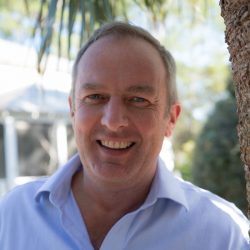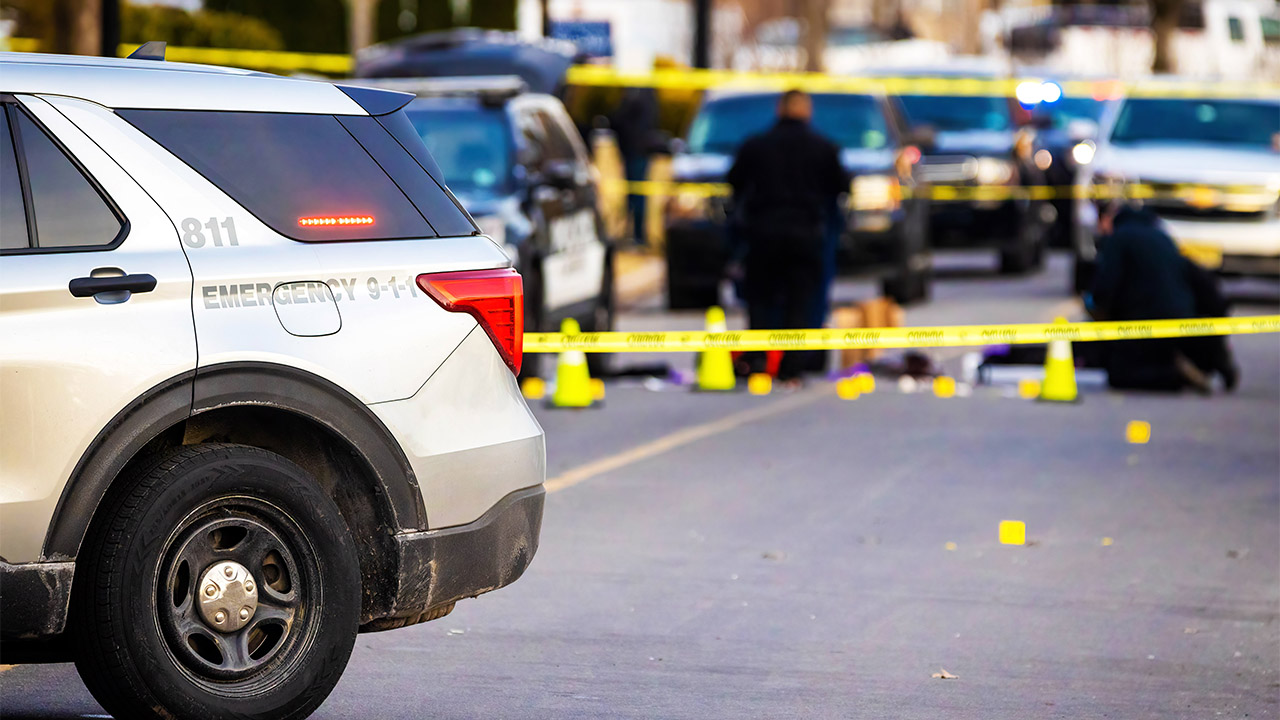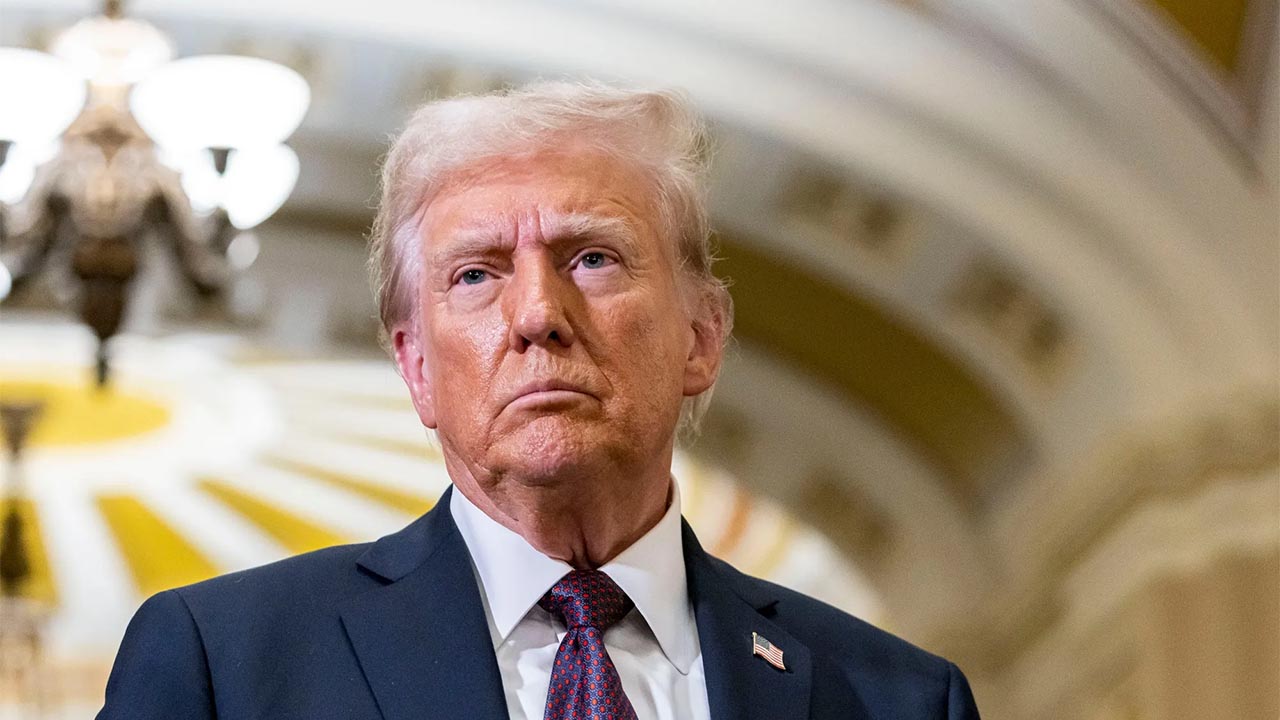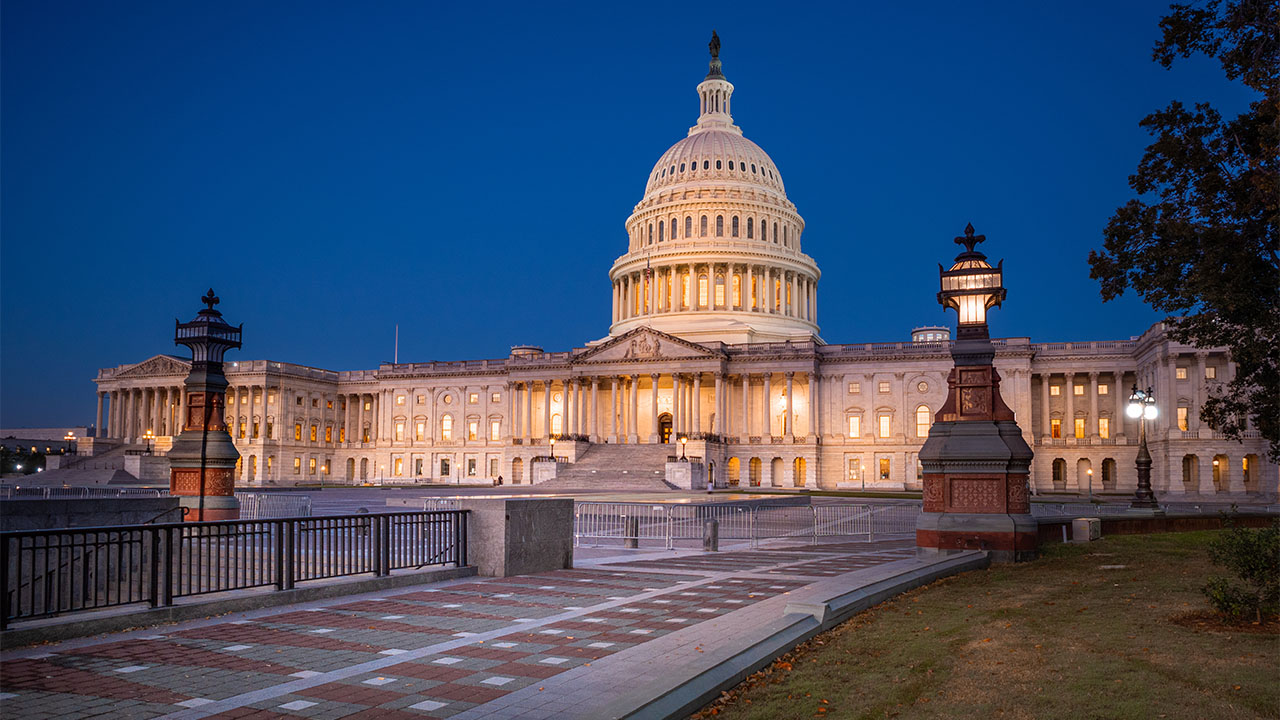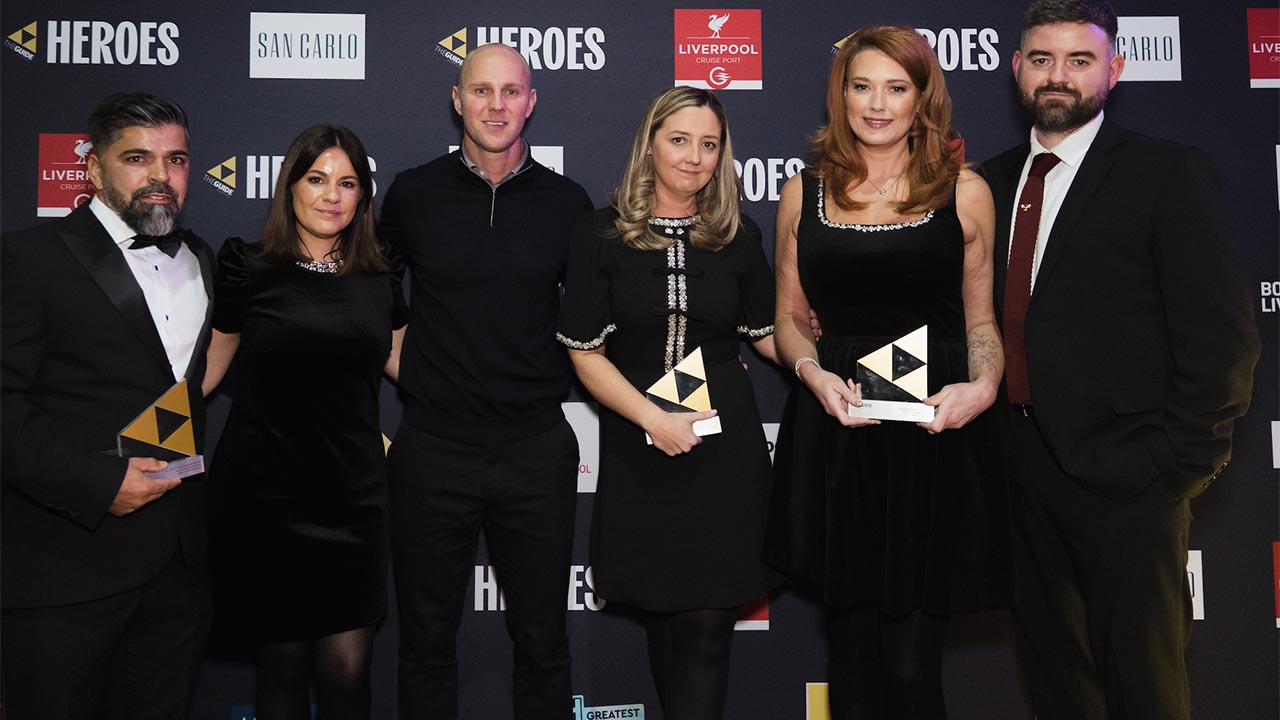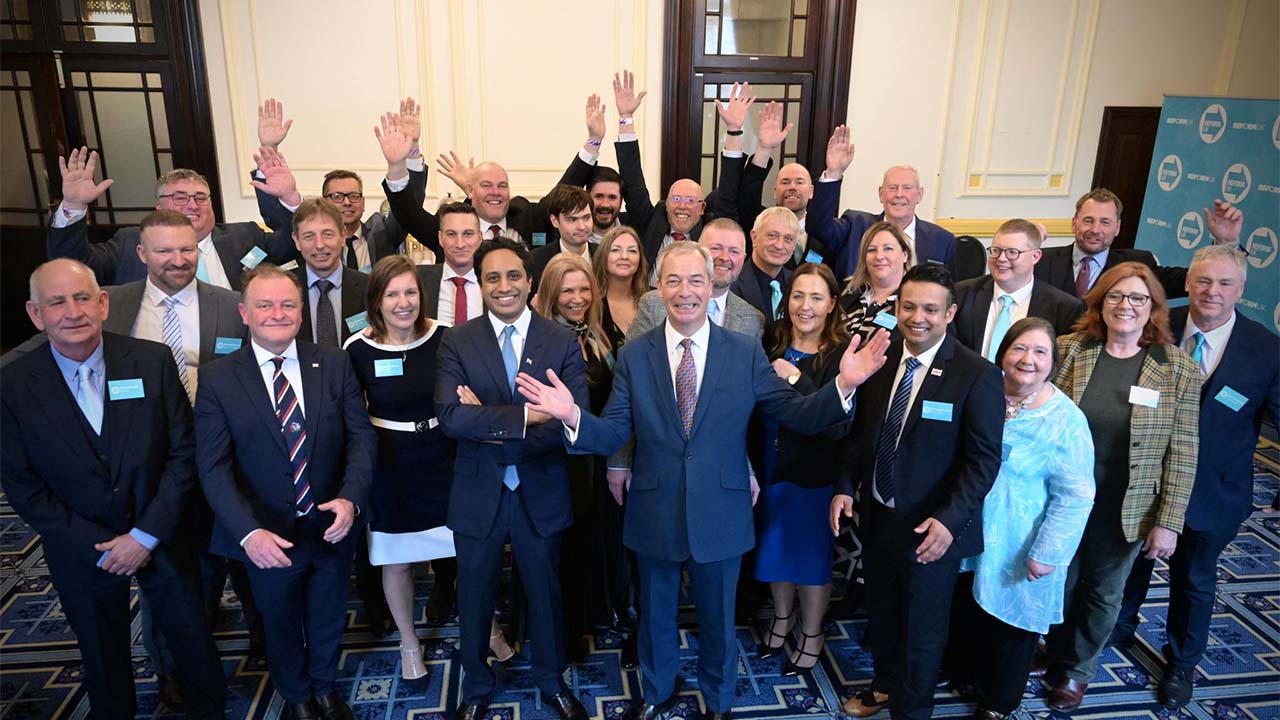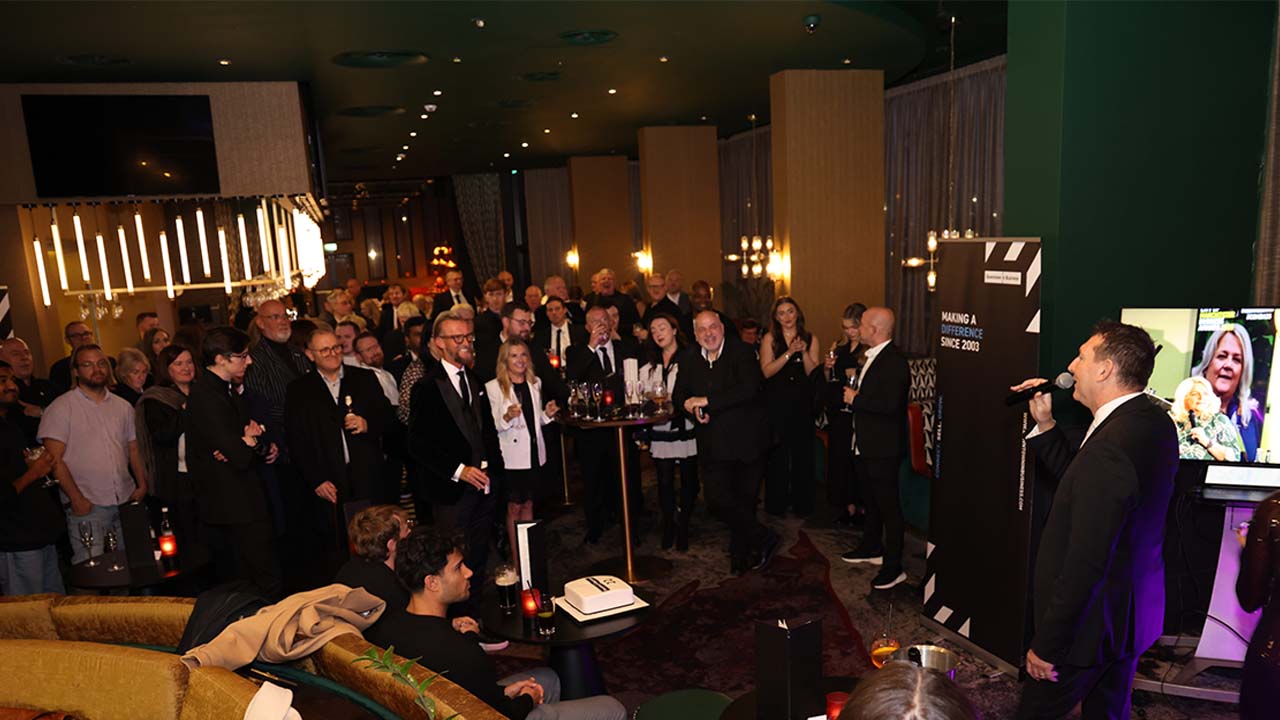Crime is big news in America.
Real life crime stories are pretty much a staple of the TV schedulers here.
And of course, as The OJ Trials proved, we’re a sucker for a legal case too.
But this week, American news, court reporters and ‘real crime’ fans are watching the latest episode in a case which, probably, could only ever be in America.
On Valentine’s Day in 2018, a 19-year-old ran into a high school in Parkland, Florida and shot and killed 17 students and staff and injured 17 more. His backpack was stuffed with ammunition, had derogatory racial slurs written on it, and swastikas were painted on his gun. He fled the scene on foot, bought a soft drink at a shopping mall, before being identified and arrested.
To avoid the death penalty which Texas still operates, the school shooter chose to plead guilty and was eventually sentenced to 34 consecutive life sentences without parole.
That, of course, wasn’t the end of the matter.
Civil suits followed. The parents of two victims have sued gun manufacturer American Outdoor Brands, formerly Smith & Wesson, the maker of the rifle the shooter used, and Sunrise Tactical Supply, the retailer who sold him the rifle.
Fifteen of the survivors sued the local county, the sheriff’s office and school officials for the government’s failure to protect them, claiming the poor response to the shooting violated their Fourteenth Amendment rights – the freedom to ‘life, liberty and property’.
A judge kicked this case out ruling the government had no duty to protect them from a school shooter, but following a further civil case in 2021, the families of the victims were awarded a $25 million settlement from Broward County School District, after a lawsuit alleged the school district’s negligence was to blame.
Later that year, trial lawyers announced the families of the victims had reached a $125 to $130 million settlement with the federal government, due to the FBI’s inactivity about tips they received on the shooter. The information had been shared through the FBI’s tip line a month before the shooting and detailed the shooter’s gun ownership, desire to kill others, and social media posts, but was not followed up on by investigators.
Parents and residents were angry that the police and law enforcement had ignored the warnings. In a subsequent investigation, it became clear that Broward County Sheriff’s Office had received more than 40 calls about the shooter and his behaviour before the shootings occurred, but Sheriff Scott Israel refused to take responsibility for the inaction of his department and, after refusing to resign, was removed from office by the Governor, Ron DeSantis.
But still that isn’t it.
In America, schools have armed guards. My daughters walked past them on their way in and out of school every day, thankfully with no serious incidents. Sometimes they are retired military recruited by the school or the school board. Often though, they are called School Resource Officers – SROs – and are part of the Sheriff’s office.
SRO Scot Peterson was armed, in uniform and on-site at the school as a Broward Sheriff’s Office deputy that fateful day. As event’s unfolded, he radioed the Sheriff’s Office: “Be advised we have possible, could be firecrackers. I think we have shots fired, possible shots fired—1200 building.”
Peterson then called for police to ensure that “no one comes inside the school.”
When local Coral Springs police arrived, they saw three Broward deputies behind their vehicles with pistols drawn, Broward Sheriff’s Office captain Jan Jordan had ordered her deputies to form a perimeter instead of immediately confronting the shooter; a tactic contrary to their training. Coral Springs police officers were the first to enter the building, but by then the shooting was over and the assailant had fled.
Peterson, the only armed officer on the scene at the time of the shooting was accused of remaining outside 1200 Building.
Eight days after the attack, he was suspended by Sheriff Israel, and he immediately retired. Sheriff Israel said: “Scot Peterson was absolutely on campus for this entire event”, and that he should have “gone in, addressed the killer, killed the killer“.
Then President Trump was at the school a week later. He criticized the officers who failed to enter the building during the shooting, telling reporters he would have entered “even if I didn’t have a weapon, and I think most of the people in this room would have done that, too“.
This week Peterson is in court, on trial for his actions, accused of failing to confront the shooter.
A Florida jury is deliberating whether he is guilty of 11 counts including felony child neglect and culpable negligence. He has pleaded not guilty.
Mr Peterson’s case adds a new dimension to an already emotive national debate over gun laws, school shootings and armed police interventions.
Police officers are not legally obliged to lay-down their lives on the job but with the frequency of school and mass shootings rampant, they are in the position of having to ‘defend students’ and ‘engage directly’ with armed assailants.
Prosecutors say Peterson neglected his duty by failing to enter the building. They are seeking to hold him legally responsible for not confronting Cruz, in a case which could set a precedent.
His defence team say he made the radio call, took shelter in an alcove outside and waited for help to arrive. He and his attorneys say he did so because he did not know where the shots were coming from.
With no law requiring a police officer to put themselves in the line of fire, prosecutors charged Peterson with seven felony child neglect counts as well as misdemeanour culpable negligence for three adults who were shot there. Successfully persuading the jury that Mr Peterson was ‘a caregiver’ for the children, and therefore obliged to protect them, is key to securing a conviction.
Peterson’s lawyer will argue he is not, in fact, ‘a caregiver’.
“He’s not a teacher, he’s not a parent, he’s not responsible for the well-being of a child. He’s not hired by the school system” they have said.
The case has ramifications well beyond South Florida.
Some states have started allowing teachers to carry guns in the classroom to ward off would-be shooters.
“What does that mean for all those teachers who have guns in schools?” Ron Astor of the University of California Los Angeles and an expert on school violence told the BBC. “Are they going to be held responsible if they choose not to confront a shooter?” he questioned, pointing out that even professional police officers call for backup in situations they cannot handle alone, adding not all SROs or security guards receive the level of training to prepare them to confront a shooter with an assault-style weapon.
And what about shopping malls, music venues and sports events where other mass shootings have and do sadly occur? Are ‘mall cops’ now expected to engage in deadly gun fire, or is the situation different for schools?
Lawyers across the nation will be watching too.
The outcome of the case could open the floodgates to claims against SROs, cops and security guards for not rushing in, guns blazing, or it could slam the door pretty tightly shut on the possibility of future prosecutions.
Of course, what all this ‘legal lawyering’ does is divert the eye from America’s real challenge – the too loose rules on gun ownership, easy access to military grade weapons which can wipe out an army let alone a kindergarten class, and the fragile mental health and lack of support for so many young men and boys.
For once, President Trump was right when he said “”no child, teacher or anyone else should ever feel unsafe in an American school”.
But to make that promise come true, some pretty serious laws and reforms will be needed.

